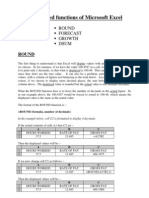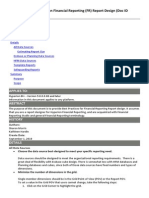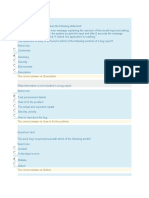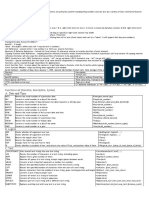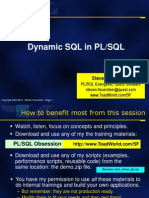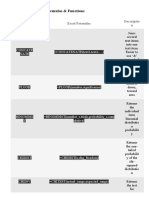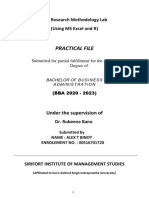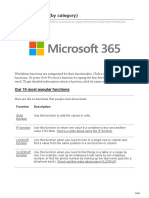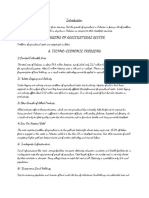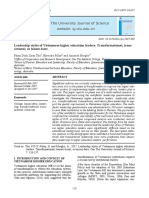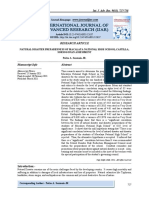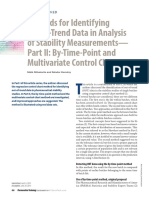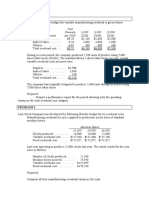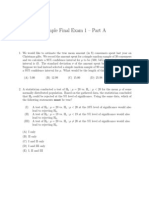0% found this document useful (0 votes)
257 views16 pagesExcel Formulas
This document provides a list of Excel formulas and functions in PDF format. It covers commonly used formulas like VLOOKUP, INDEX, MATCH, and functions like AVERAGE, SMALL, LARGE, and DATE. The PDF includes over 50 formulas and functions organized in a table with the function name, formula syntax, and short description. It is intended to be a quick reference for the key formulas and functions used in daily Excel work.
Uploaded by
NOOR CHCopyright
© © All Rights Reserved
We take content rights seriously. If you suspect this is your content, claim it here.
Available Formats
Download as DOCX, PDF, TXT or read online on Scribd
0% found this document useful (0 votes)
257 views16 pagesExcel Formulas
This document provides a list of Excel formulas and functions in PDF format. It covers commonly used formulas like VLOOKUP, INDEX, MATCH, and functions like AVERAGE, SMALL, LARGE, and DATE. The PDF includes over 50 formulas and functions organized in a table with the function name, formula syntax, and short description. It is intended to be a quick reference for the key formulas and functions used in daily Excel work.
Uploaded by
NOOR CHCopyright
© © All Rights Reserved
We take content rights seriously. If you suspect this is your content, claim it here.
Available Formats
Download as DOCX, PDF, TXT or read online on Scribd
/ 16






